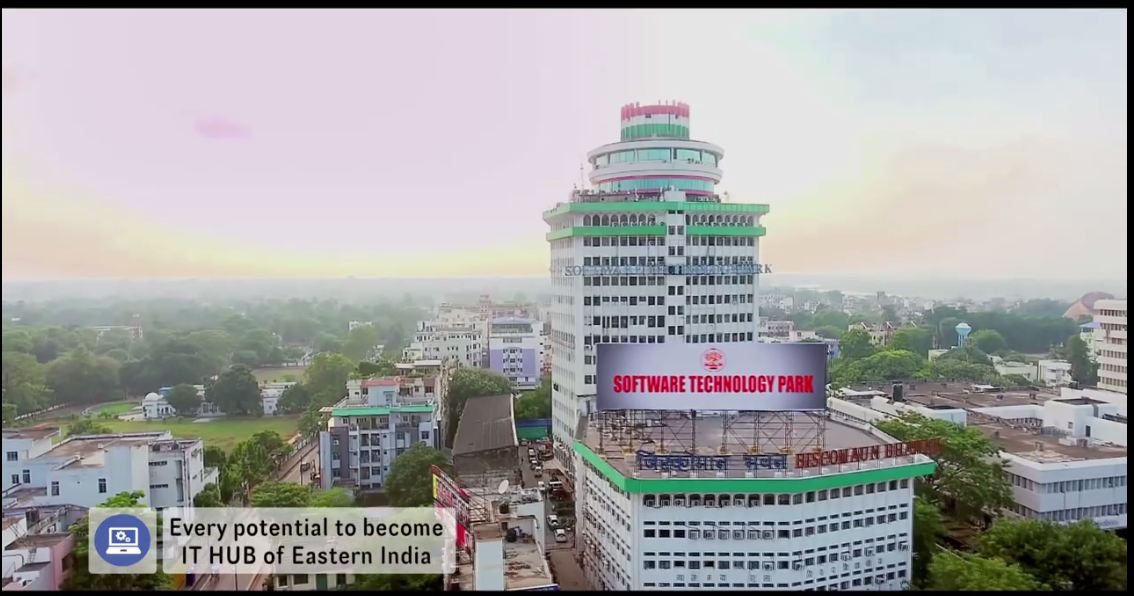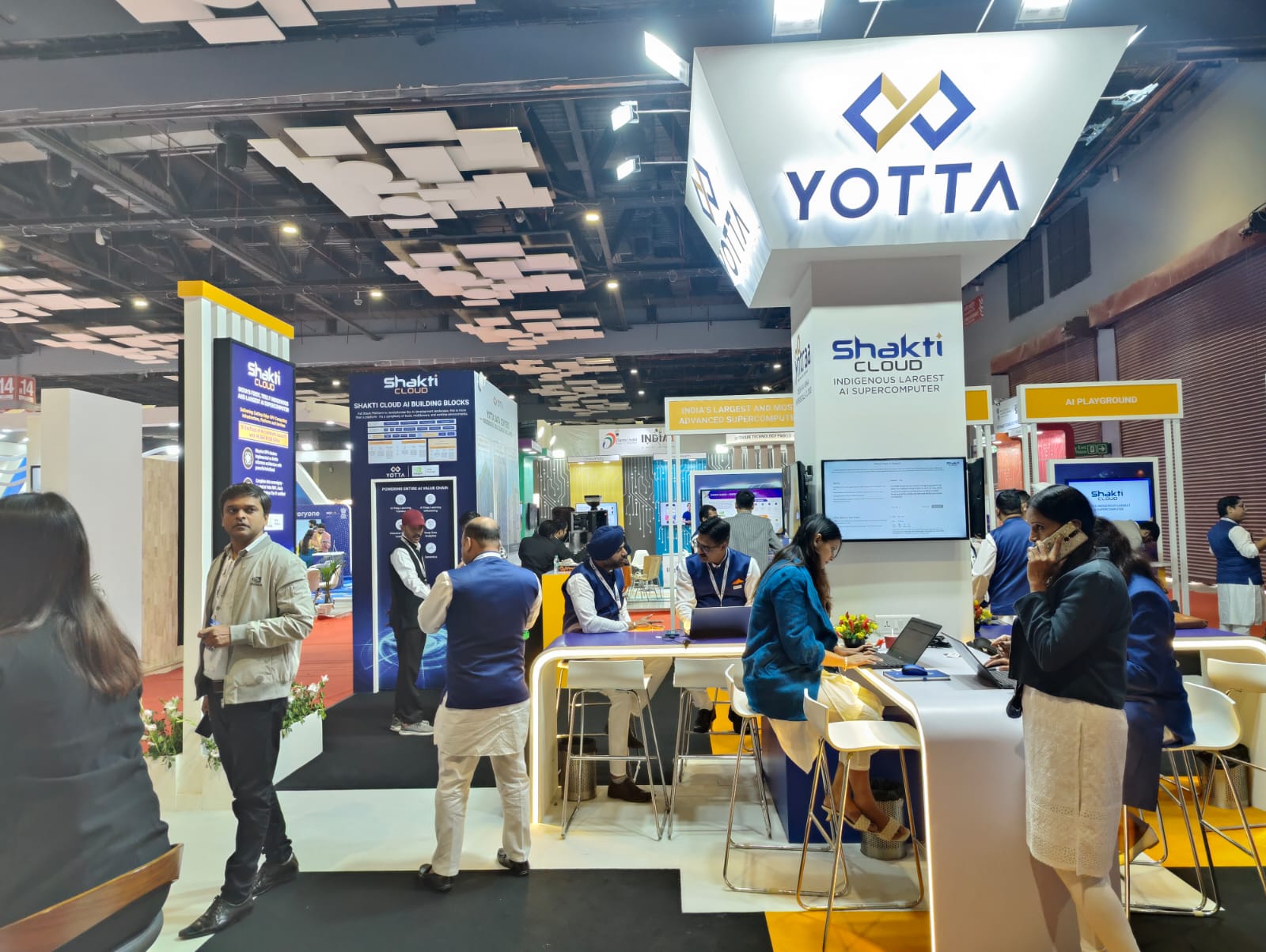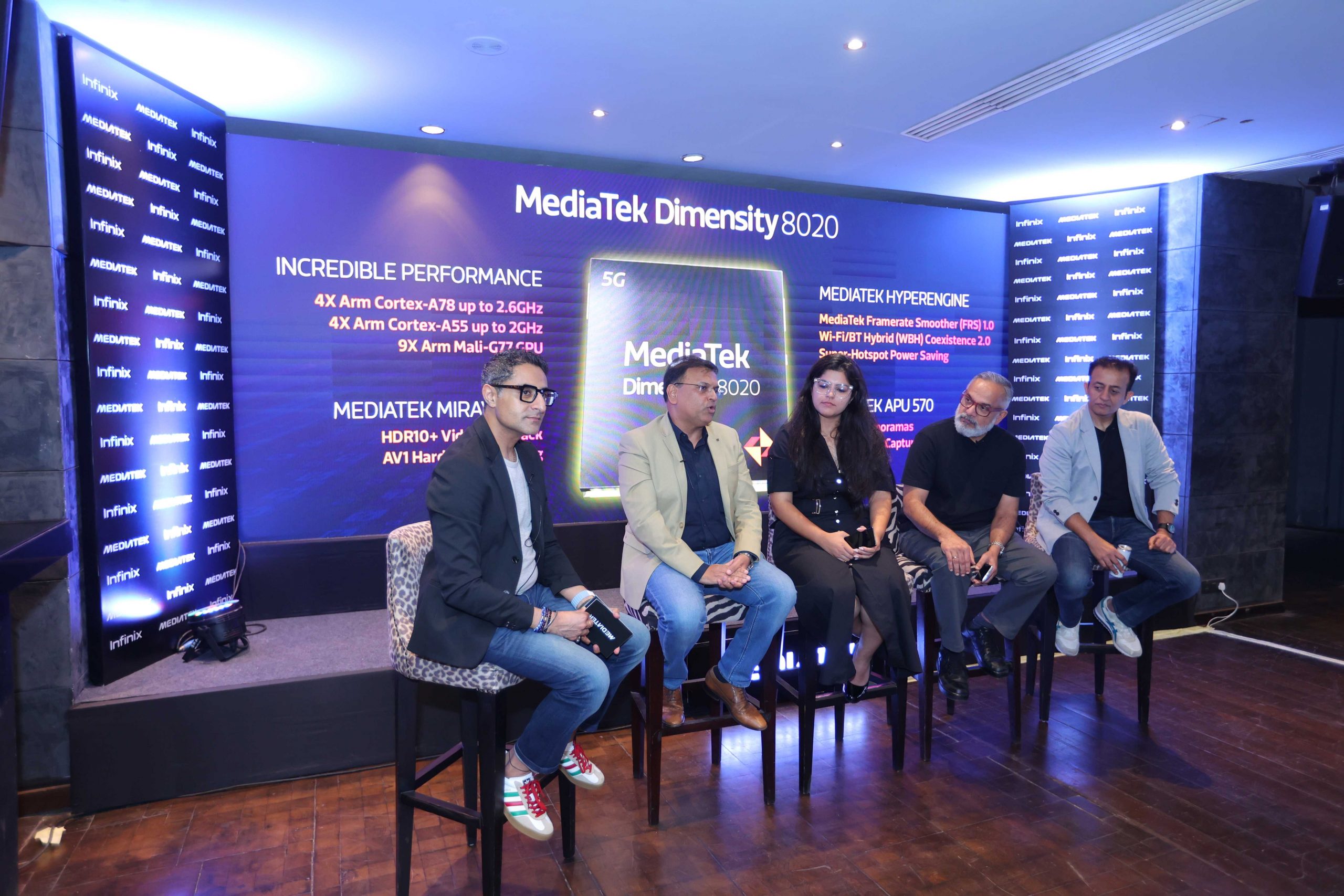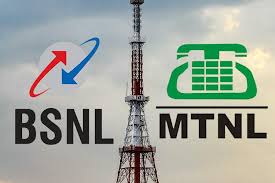News
Bihar has made extensive use of technology to combat pandemic: Jibesh Kumar

NEW DELHI: The COVID-19 pandemic was one of the worst times in many decades, but one silver lining is that the COVID-19 crisis pushed companies and governments over the technology tipping point—and forever changed business. It has brought about 5 years of change in digitization in just over a year.
During the COVID-19 pandemic, technology was critical in keeping our society running during lockdowns and quarantines. Furthermore, these technologies may have a long-term impact beyond COVID-19. Many new trends have emerged in the world, impacting our day-to-day needs. There are no sectors that have been unaffected by the change. We have seen trends such as OTTs replacing TV/Cinema, Ola/Rapido/uber becoming new transportation norms, Classroom learning shifting to online AI based learning, Tele consultation becoming new norms for OPDs, Grocery traction to apps such as BigBasket, Amazon and Flipkart becoming new shopping destinations, office meetings shifting to zoom/google meet/teams, and so on.
“Bihar’s government has made extensive use of technology to combat the pandemic and assist all segments of society during these trying times.” Said Hon’ble Minister, IT Bihar, Jibesh Kumar.
Key initiatives of the state are as follows:
- Garur App: The Bihar government launched the “Garur App” to track and monitor migrants and all those who have arrived in the state via rail, road, and flight from across the country and abroad. The app has aided in the tracking of over two lakh international and domestic travellers in Bihar, as well as the mapping of their skills. The app was created by the Bihar Disaster Management Department.
- Bihar Corona Sahayata app: To combat COVID-19, the Bihar state government launched the Bihar Corona Sahayata app. Under the Bihar Aapda Prabandhan, the Bihar government provided a Corona Sahayata of Rs 1000 to each worker who entered Bihar from other states or was stranded outside Bihar. The application was chosen as a winner in the “pandemic category” of the central government’s Digital India Awards 2020.
- HIT stands for Home Isolation Tracking. The Covid App that has aided health workers in the regular monitoring of home-bound patients. Every day, the health worker visits the patient’s home and enters temperature and oxygen data into an app via mobile/tablet. These data sets are monitored at the district level, and if the oxygen level falls below a certain threshold, the patient is transferred to a nearby healthcare facility. This has aided the government in reaching out to a large number of homebound patients and saving lives. BSEDC created the app with the help of the Health Department and the IT Department.
- eLabharthi: The e-Labharthi System is intended to be a major transformation in electronic service delivery and financial inclusion by avoiding the pain points of existing service delivery mechanisms. Banks have the ability to transfer funds directly to the bank accounts of identified beneficiaries. DBT of all Education Department schemes, including the Chief Minister’s bicycle, dress, scholarship, meritocracy, incentive amount, and the Chief Minister’s Kishori Swasthya Yojana, will go directly to students. In a single year, more than 60 lakh beneficiaries from various schemes have benefited from the scheme.
- ePDS (Electronic public distribution system): In a significant relief to those battling the Covid-19 pandemic, the state government has provided free rationing to approximately The state government continued to monitor other assistance, such as providing free rations to 1.64 million ration card holders and depositing Rs 1000 in their accounts.
- Skill development in the IT/ITeS sector: The Department of Information Technology, Government of Bihar, provides technical skill training to Bihar youths across the state for 9 different courses and through 117 skill development centres in the IT/ITeS domain. Bihar’s technically skilled workforce will be a valuable asset to investors and entrepreneurs.
- Healthcare initiatives: Initiatives taken by the healthcare sector during covid to strengthen it during pandemic times:
- eSanjeevani: Using eSanjeevani, patients in remote villages would be able to receive medical advice via video conference with the primary health care centre and district level sadar hospital.
- Amazing app: it would aid in providing better healthcare to pregnant women.
- Referral transport tracking system: people would benefit from a more efficient and timely ambulance service.
- The Ashwin portal ensures that asha workers, who are the backbone of village healthcare, receive their incentives on time.
- VC Application for online meetings: Online meetings have become the norm of the day, and obtaining Microsoft Teams meeting licences has ensured this. BSEDC has provided various departments with Microsoft team licences for online meetings. This has aided the department’s ability to function during lockdown
- College Wifi: The Bihar government has installed wifi on college campuses so that students can download books and study materials from outside sources.
The IT department is planning to use cutting-edge technology in service delivery, such as artificial intelligence, IoT, blockchain, and Big data. Some IT department initiatives that are being implemented or planned to transform the way government functions in the new normal brought about by the pandemic include: Blockchain-based Land Ledger, GIS, Use of AI and IoT in Agriculture, Use of AI and Big data in Security and surveillance, CFMS, eOffice, eVidhan, Security Operation Centre, Bihar State Data Centre 2.0, Smart Village, and so on.
As the government expands its presence in cyberspace, we must become more aware, responsible, and responsive to the risks that come with it. Every single day, we rely on the world of cyberspace. Our hardware and software, our desktops, laptops, and cell phones, have become inextricably linked to every aspect of our lives. It’s the broadband networks beneath us, as well as the wireless signals all around us. We use the Internet to pay our bills, bank, shop, file our taxes, and so on.
News
Yotta’s Cloud Data Center in GIFT City, Gujarat goes live

NEW DELHI: Yotta Data Services, an end-to-end Digital Transformation service provider, has announced that its state-of-the-art data centre facility, “Yotta G1”, located in GIFT city, Gandhinagar is ready for service (RFS).
The opening of this data center marks the debut of Yotta in Gujarat and progresses the company’s mission to provide digital services in India’s high-growth markets.
G1 is Yotta’s fifth data center facility in the country. It joins four large operational data centers, two of which, at Navi Mumbai and Greater Noida are part of hyperscale campuses. Yotta G1 is uniquely located inside the International Financial Services Center (IFSC) zone of Gandhinagar’s Gujarat International Finance Tec-City (GIFT city).
G1 represents an investment of more than INR 500 cr. over five years across critical non-IT and IT / Cloud / AI compute infrastructure. The data center has a capacity of over 350 high-density racks and 2 MW power (which can be scaled further as per demand). The facility is designed to meet the most demanding digital needs of its customers, who may be located within GIFT City or anywhere in the world, by seamlessly delivering fault-tolerant facility infrastructure, high-performance Cloud compute and storage infrastructure, advanced physical and cyber security, unmatched connectivity, and steadfast sustainability.
For large global enterprises operating in the GIFT City IFSC zone, the G1 data center functions as a potential data embassy, whereby their data stored is subject to the laws and regulations of their home country, thus allowing them to maintain sovereignty over their data, even when stored in India. By storing data in a physically different location, global enterprises can ensure continuity of operations in case of major disruptions within their borders. The data center’s location also ensures compliance with the IFSC regulations, providing businesses in the zone with distinct advantages like free foreign exchange convertibility, a liberalised regulatory environment, and business-friendly policies. It also helps enterprises adhere to IFSC’s compliance requirements, including being mandated to host their data within the IFSC zone.
Commenting on the announcement, Darshan Hiranandani, Co-founder and Chairman, Yotta Data Services, said, “The state of Gujarat, with GIFT City, has been at the forefront of providing a viable and sustainable platform for global businesses to set up base in India. The setting up of the IFSC zone is a further testament to their vision for financial services companies. We are proud to support this vision of the Gujarat government with a state-of-the-art data center within the IFSC zone, providing the latest and best in cutting-edge technologies to help businesses set up and scale their businesses while also adhering to all regulatory requirements.”
Adding to this, Sunil Gupta, Co-Founder, MD & CEO, Yotta Data Services, said, “Yotta’s G1 marks a pivotal milestone in delivering high-end data center, Cloud, AI compute, storage, connectivity and cybersecurity services to enterprises both on a global and local scale in the Gujarat region. Besides serving the domestic enterprises within and outside GIFT City, our data center shall serve as a potential data embassy for global enterprises, enabling them to adhere to their respective country’s laws while offering a dependable and secure locale for offshore data storage.”
G1 data centre stands distinct in GIFT city for being a data center offering more than just colocation services. True to Yotta’s stature as the end-to-end digital transformation partner of choice for enterprises, G1 brings forth a suite of key features, ranging from advanced data security and customised business solutions to an indigenous hyperscale cloud offering, AI-GPU compute offering, state-of-the-art infrastructure, cybersecurity expertise, seamless integration with managed IT services, 24/7 customer support, cost optimisation, and an overall competitive edge.
This announcement follows on the heels of Yotta’s recent launch of its cloud services – Shakti Cloud and Yntraa Cloud. Powered by NVIDIA’s top-of-the-line GPUs, Shakti Cloud is India’s largest & fastest AI-HPC supercomputer, delivering cutting-edge GPU computing infrastructure, platforms, and services, including Infrastructure as a Service, Platform as a Service, and Software as a Service. Yntraa Cloud, on the other hand, is a truly indigenous hyperscale cloud platform at par with global cloud platforms, offering an exhaustive range of cloud products and services.
News
Optiemus Infracom joins hands with Corning International

NEW DELHI: Domestic contract manufacturer Optiemus Infracom has entered into a joint venture with US-based speciality glassmaker Corning International to set up India’s first manufacturing facility for producing high-quality finished cover glass parts for the mobile consumer electronics industry.
The collaboration between both the companies will help expand India’s electronics manufacturing ecosystem, as the Indian government strengthens its Make in India initiative. As a part of the joint venture, the companies strategically aim to set up a world-class manufacturing facility in India, powered by cutting-edge technologies and processes.
Driven by a shared commitment to innovation and technological excellence, this collaboration will pave the way for the manufacturing of “Made in India” finished cover glass parts for use in mobile consumer electronic devices, and other cover glass applications, to meet the needs of next-generation mobile consumer electronic devices.
The joint venture signifies a powerful synergy between Optiemus’s deep domestic industry and manufacturing knowledge of electronics and telecom market and Corning’s globally-acclaimed expertise in advanced glass technology. By combining these strengths, the joint venture aspires to not only establish cover glass manufacturing capabilities and capacity in India, but also to contribute significantly to the creation of jobs and skill development within India’s thriving technology sector, the companies said in a statement.
Ashok Kumar Gupta, Chairman, Optiemus Infracom, said, “It is a matter of great pride for us to actively contribute to the growing manufacturing ecosystem in the country. With this joint venture, initiated in line with the vision of Hon’ble Prime Minister of India of ‘Make in India’ programme and the “Atmanirbhar Bharat” initiative, we are committed to make available world-class high-quality products for global and local brands.”
“Embarking on this new journey, we intend to emerge as one of the top manufacturers of finished cover glass parts for use in mobile consumer electronic devices in the next five years. Our collective expertise in innovation, design, and manufacturing, will provide holistic solutions for the brands,” Gupta added.
5g
MediaTek Catch-up with Tech: Infinix Zero 30 5G with Dimensity 8020 launched

NEW DELHI: Chipset maker MediaTek, which claims to power more than two billion connected devices every year, hosted ‘Catch-up with Tech’ in collaboration with handset brand Infinix on August 28 to share insightful and engaging conversations about the new-age smartphones and innovative technologies powering everyday lives.
The meet-up threw the spotlight on the MediaTek Dimensity Auto, Satellite solutions and Generative AI along with an extensive showcase of newly-launched Infinix Zero 30 5G powered by MediaTek Dimensity 8020, Infinix GT 10 Pro powered by MediaTek Dimensity 8050, and Infinix QLED TV powered by MediaTek.
In terms of specs, the Infinix Zero 30 5G is tailored for young storytellers and creators, featuring the first-ever smartphone to deliver 4K 60fps video recording from its 108 MP OIS rear camera and ultra-high resolution 50MP front camera. The Zero 30 series powered by MediaTek Dimensity 8020 is said to be a game changer for the front camera vlogging experience along with being the slimmest curved AMOLED smartphone in the segment with glass and a vegan leather back panel. It also claims to be one of the most premium-looking devices in the segment.
The event witnessed a panel discussion moderated by Anuj Sidharth, Deputy Director Marketing & Corporate Communications, MediaTek and included expert panelists from Infinix, MediaTek and two renowned professional photographers.
“With the fifth edition of Catch-up with Tech, we aim to bring consumers closer to the technology and enable them to make informed buying decisions based on their diverse needs. In collaboration with Infinix, this meet-up is in-line with MediaTek’s vision of technology democratization and making innovative technology accessible to everyone,” said Anku Jain, Managing Director, MediaTek India. “The MediaTek Dimensity 8020 in Infinix Zero 30 5G brings faster displays, brilliant cameras and ultra-fast performance. Further, MediaTek Imagiq technologies enrich the capture experience by combining dedicated AI, imaging processors and accelerators to provide incredible results,” he added.
Anish Kapoor, CEO, Infinix Mobile India, said, “Featuring India’s first 50MP 4K 60 fps video recording, Infinix Zero 30 5G is primed to redefine smartphone imaging capabilities, setting a new standard for the creators and vlogging enthusiasts. Our collaboration with MediaTek has played a pivotal role in shaping our exceptional smartphone portfolio, and the Zero 30 5G stands as evidence of our unwavering commitment to innovation and delivering unmatched experiences to our users. The display and design of the device represent a leap forward in smartphone technology. As Infinix Zero 30 5G hits the shelves, we are positive that our customers will find this new offering as exhilarating as we do, further empowering creators to capture their story like never before.”
Radhakrishnan Chakyat, a photography evangelist, founder and host of Pixel Viilage, said, “Infinix Zero 30 5G smartphone powered by MediaTek Dimensity 8020 chipset has amazing hardware features, an excellent camera, dual-view video mode and is primed for optimal content creation and saves a tremendous amount of editing time.”
Aarzoo Khurana, a wildlife photographer, said, “Over the last few days, I clicked various pictures and recorded a few videos with the newly-launched Infinix Zero 30 5G powered by MediaTek Dimensity 8020, and the experience has been truly inspiring. Infinix’s smartphone’s OIS feature helps content creators click shake-free pictures and the front camera, which is extremely sharp and detailed, enables content creators to click countless selfies.”












